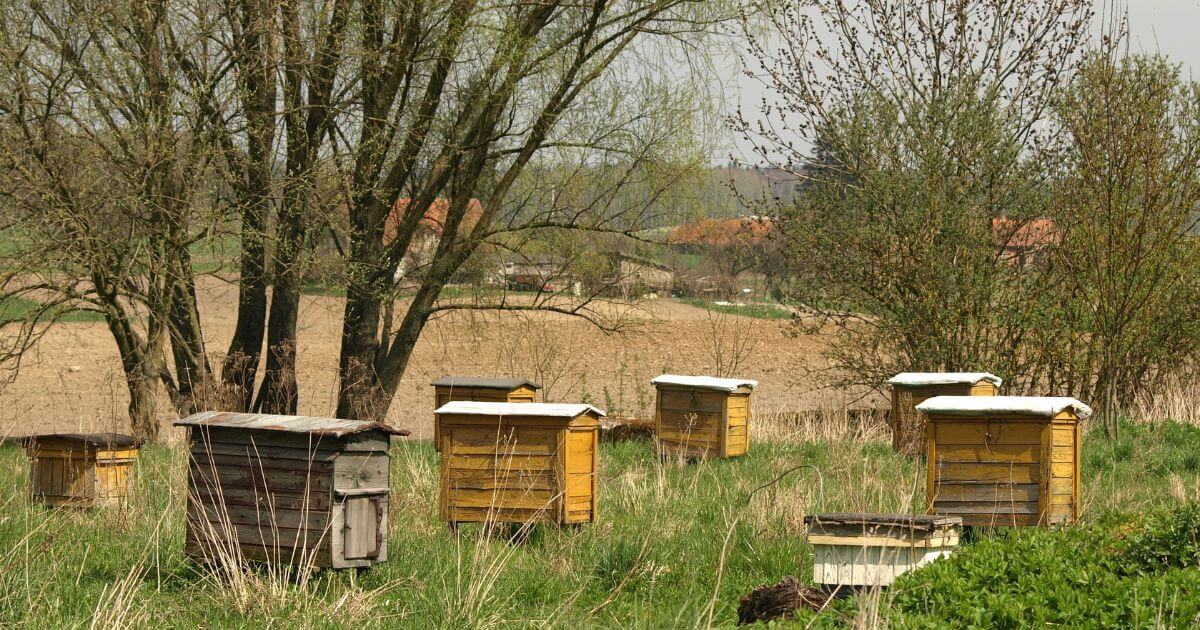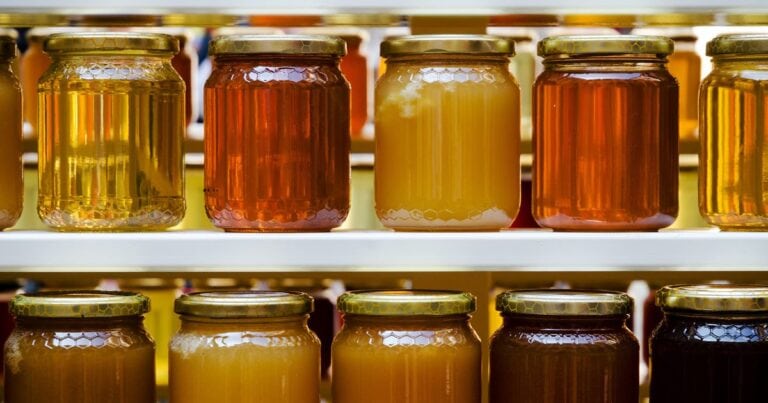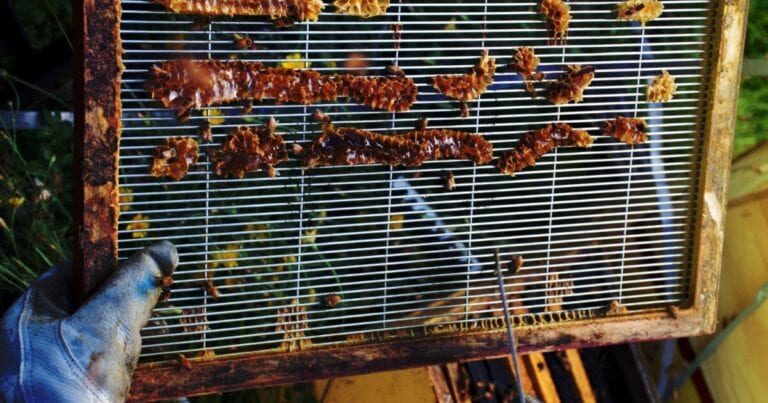What Is Colony Collapse Disorder?
One morning, years ago, thousands of beekeepers in America woke to find their bee hives empty. Since then, the same mass exodus of worker bees from their homes has occurred across the world.

This bizarre and concerning phenomenon is now known as colony collapse disorder (CCD), and involves most of the worker bees in a colony disappearing and leaving behind a queen, food and some nurse bees to care for any remaining young.
Although this issue has had other names prior to 2006 (disappearing disease, spring dwindle, May disease), it was renamed CCD on this occasion when a drastic rise in disappearances became evident, not just in America, but across Europe.
As we discovered in Bees: The Vital Pollinators, bees are quite possibly the most important creatures on Earth. As bees pollinate about one-third of the plants that humans eat, their environmental service has been valued at a whopping $US168 billion per year worldwide. Since CCD was first recognised a decade ago, bees have been monitored to gauge their numbers.
With beekeepers being able to tolerate a 15 per cent loss in their colony over the winter period, results show that bee decline remains considerable, with a 28.1 per cent loss recorded in the USA and a 16.8 per cent loss in Canada.
Australia is yet to have implemented a country-wide survey on bee losses. Unsurprisingly, this data concerns honey bees, and there is even less information on the status of wild bees. Some wild species pollinate native plants that introduced bees cannot, making them vital to local ecosystems.
From the information that is available, bee numbers are down across the board, raising alarms.
So why are bees struggling across the globe?
It’s a complex issue that comes down to the various environmental factors that affect their foraging for food. This activity demands a lot from bees, both energetically and mentally. They need to travel long-distance to reach hard-to-find flowers.
To do this, bees need highly tuned senses, spatial awareness, learning and memory: both brains and brawn. Therefore, anything that impinges upon these skills will handicap the bee from feeding and therefore pollinating.
Bee populations are, therefore, very sensitive to what is known as “sublethal stressors” — factors that don’t kill the bees directly but can affect their behaviour.
Some examples of these stressors include diesel fumes and pesticides that unnerve brain function; agricultural processes that unsettle bee nutrition; climate change that interferes with the bees’ relationship with the plants on which they feed; and a range of pests and predators that are often spread via international trade. As these stressors seem to be here to stay, it is time to act locally in order to help the bees avoid CCD outbreaks





